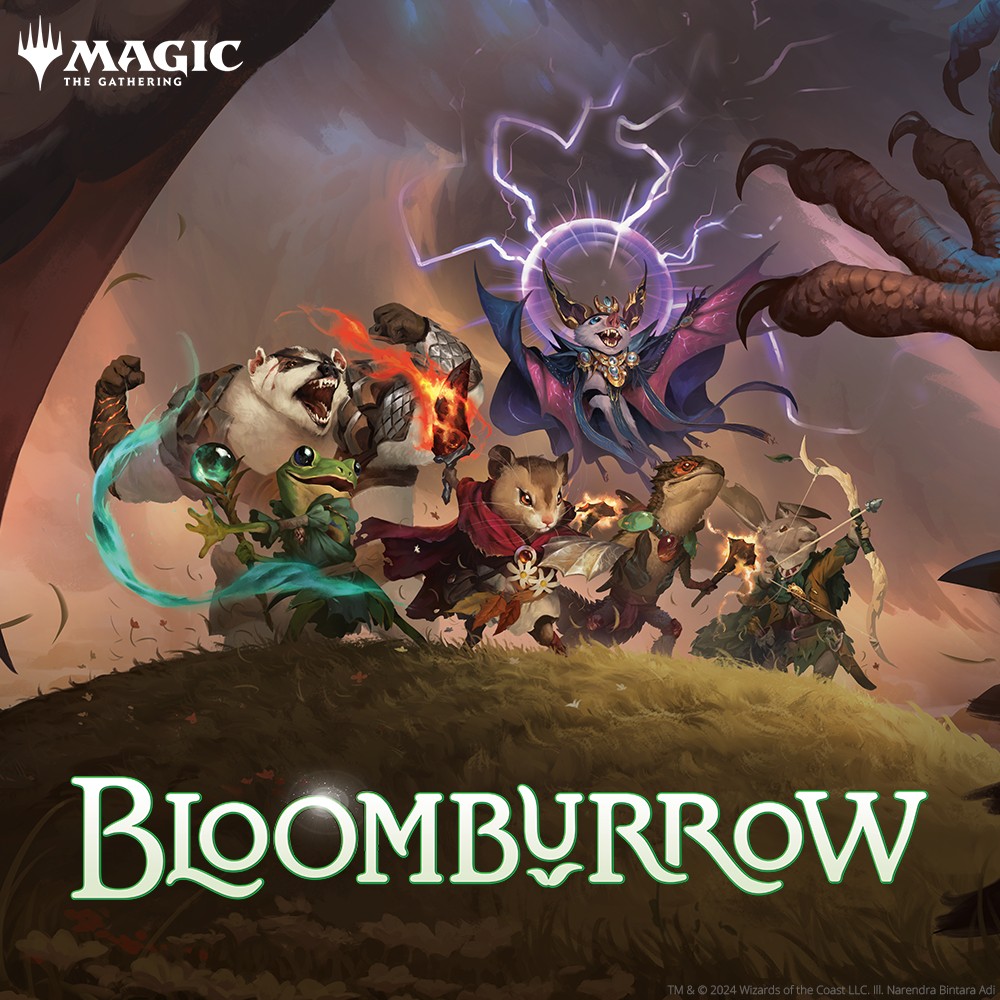Matt Colville's company, MCDM, released a new character class for D&D 5e this week, the Illrigger. It's an extremely interesting concept, and I'm sure lots of people will want to be trying it out. There is, however, a small problem. They are knights of the hells, loyal to those who live there, and are (by default) evil-aligned. While you might consider re-aligning the character and playing as a more "neutral" alignment, the class is based around working for the denizens of the hells, so it makes the most sense for them to be evil-adjacent at the very least. This brings up a dilemma; how do I play an evil character in a good-aligned party? And for the DMs, how do I run a table like that while making sure it doesn't implode?
Many DMs strictly forbid their players from playing evil-aligned characters. Likely stemming from unpleasant prior experiences or from advice they've read about on the internet, they cut off the potentials for inter-party conflict in the bud and that is that. You might be agreeing with this practice while you read this, nodding your head and saying "yes, that makes sense!" but I want to challenge that notion for you today. Playing an evil character can bring out some really interesting dynamics and moral dilemmas for your players to play through and can be a lot of fun. That being said, there are some ground rules you should implement to make sure that it is, and remains, fun for everyone.
It's a Team Game
First and foremost, D&D is a cooperative game. If your players want to make evil characters just to subvert the goals of the rest of the party, claiming "It's what my character would do!!" - that's a non-starter. Make it clear from the start that, regardless of alignment, the characters need motivation to work together. This could be temporary or permanent motivation, but the game truly falls apart when the characters don't work together. If the evil character is constantly sneaking off to have side quests and do evil secret things, this is both hard for the DM to run, but also not a lot of fun for the party. Here and there it's not a problem, but make sure it's not the norm.
A great example of this is playing out in the Falcon and the Winter Soldier series right now. Baron Zemo, clearly an evil dude, is working with Falcon and Bucky to take down a bigger threat. Zemo has motivation to work with people that he has previously fought against, and likely will fight against again, but there is a temporary understanding that they need to work together. The tension that this collaboration brings is really exciting, and this comes from the need to work together. Make sure that this need exists for your characters, and that it is very clear and strong. This will ensure that they stick together and everyone can have fun.
Inter-Party Shenanigans
Another source of contention for evil-aligned characters is inter-party stealing, fighting, etc. An endless stream of insight and sleight of hand checks, debates about passive perception blah blah - this can get out of hand very quickly. An easy way to put this to an end is this: If anyone wants to do anything to a party member - hit, steal, hide - the target of the action just decides outright if it works or not. No rolls, no DM intervention. This allows the target character (and player) the agency to engage if they think it is fun, or to say "no, I saw you trying to do that and I stopped it", end of discussion. The player is now in control of the situation, keeping it fun for everyone. If the player initiating this action disagrees or has a problem with it, refer them to paragraph 1 above ("it's a team game, Fred, don't be a jerk!") and provide them some NPCs that they can steal from.
What Does "Evil" Mean?
Evil doesn't necessarily mean sociopathic murderer. In the context of D&D alignments, it means that they don't believe in the greater good, that they take actions to better themselves at any cost, including the destruction and defilement of others. It means that they don't care about the suffering of those below them, but they might care about improving the lives of those close to them. Especially on the material plane, evil really means cruel. Unless you are literally playing a demon lord or a devil from the 9 hells, evil takes on a more subtle hue when applied outside of the lower planes. Keep this in mind and explain it to your players. Sabotaging farmer's crops to then offer them loans to pay their taxes (at a huge interest rate) is an evil act. Nobody died, everyone gets what they wanted but the saboteur is fraudulently advancing themselves at the cost of others. This subtle cruelty is much more interesting, in my opinion, than just killing and stealing everything.
Secrets
Secrets are going to play a large role in an evil-aligned character's game. Secret motivations, relationships, alliances acts etc., will all be present, but make sure that these secrets adhere to rule #1 - it's a team game. Keeping secrets that prevent the party from moving forward, keeping treasure and magic items for yourself, secretly revealing the party's plans to the bad guy so they can counter-attack are all things that are sure to create arguments at the table. Ensure that the secrets they keep are not going to directly counter the party goals or member's directly. The secrets can have consequences for the party, but they shouldn't directly counter their actions. "Surprise, I was working for the bad guy all along and I killed you all in your sleep" is pretty boring, but "Suprise, I'm a werewolf and I go hunting each full moon" is cool. Secrets and big plot reveals can be really exciting, but make sure they don't spell certain failure for the party.
The Character Arc
Evil characters are not likely to hang around in a mostly good party permanently. There will need to be a release of that tension eventually. Baron Zemo is probably not going to join the Avengers any time soon. This arc can conclude in multiple ways, and it's important to think about it ahead of time. Does the evil character redeem themselves and become more neutral or good-aligned, or do they finally betray the party? In either case, they 'evilness' is going to have to leave the party, physically or metaphorically. Work with this player to create some scenarios here, but don't write it in stone, it can be really interesting to develop those moments as you play your campaign. Is the character starting to see the errors in their ways, or are they being driven further into vileness? Whichever way it is going to go, make sure you have an idea of where it's headed. If they finally do betray the party, that is the end of that player character, and they will need to roll up a new one. Maybe they become an NPC, but they can't be player-controlled anymore.
Making it Work
The point I am trying to make here is that there's a huge amount of potential for really interesting gameplay by having evil-aligned characters in the party. Outright banning them is going to solve some problems before they happen, but if you're interested in exploring this avenue and seeing where it goes, make sure to keep rule #1 in mind, and in the minds of your players - D&D IS A TEAM GAME. If you're not being a team player, regardless of alignment, you're doing it wrong. If everyone keeps that in mind, there's a wealth of interesting narrative to dive into!
Hopefully, this gives you some insight into how you might approach this at your table! If it does and you try it out, I'd love to hear about it. You can find me out in the twitterverse @trepidventuring, drop me a note and let me know how it went for you. That's all for this week, but don't forget, there are 20 sides to every story!
-The Intrepid Adventurer


